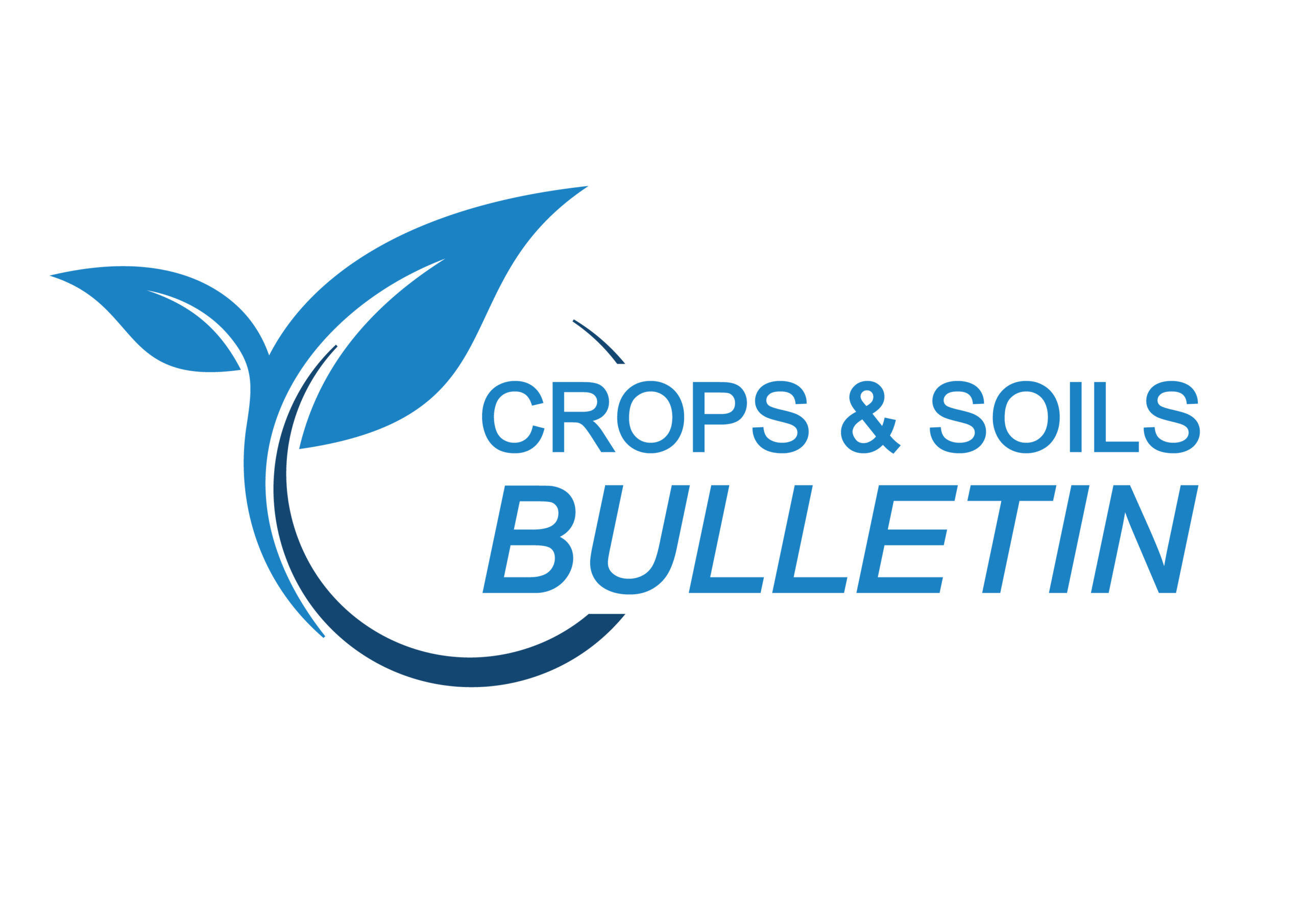Pest Control – Slugs
23 August 2023Keep on top of slugs before they start to eat their way through your crops.
The high levels of rainfall through the summer has provided the perfect environment for slugs to be a big problem in newly established crops this autumn. By using an Integrated Pest Management (IPM) approach, farmers can use a combination of cultural and chemical methods to help keep slug levels under control.
Slugs can be a major pest in cereal and oilseed rape crops with the ability to damage crops both above and below ground. As young crops come through the ground, slugs will nibble and graze the young leaves, slowing the development and establishment of the crop with the critical stages differing for each crop type:
- Cereals are vulnerable up to Growth Stage 21 (main shoot and one tiller) although are more at risk up to Growth Stage 14 (four leaves unfolded on the main shoot).
- Oilseed rape seedlings are sensitive up until the four true leaf stage as the growing point is about ground.
Slugs will also damage recently sown crops, hollowing out cereal seeds by eating the embryo, making them unviable, with wheat particularly vulnerable. With a single slug capable of eating 50 seeds in a week (AHDB), being proactive beforehand is therefore critical. Slug damage is more likely to be worse where crops are later sown and into less-than-ideal seedbeds. Other factors which can lead to increased risk are preceding crops - e.g. crops with high levels of residues such as oilseed rape and situations where straw has been incorporated in the past.
The fight against slugs starts once the previous crop has been harvested and cleared. Trash on the surface can provide the perfect haven for slug populations to develop and regardless of proposed establishment method, requires to be dealt with. In plough-based systems, this is fairly straight forward as crop debris should be well buried however in min-till or no-till situations, the use of a stubble rake will disturb any remaining crop material and help desiccate slug eggs near the surface. This should be done in dry conditions for best results and ensure best distribution of material.
Growers should aim to produce as good a seed bed as possible, free from clods and be well consolidated. The better and finer the quality of seedbed, the harder it is for slugs to find safe resting places and to move around. Rolling seedbeds after sowing (where possible) takes this a stage further. Slugs cause damage near the surface so sowing depth can help protect cereal seeds. In a good seedbed a sowing depth of 3 cm should be sufficient however in poorer or cloddy seedbeds, sowing depth should be increased to 4 -5 cm.
Chemical control options are now limited to Ferric Phosphate pellets. Trapping before cultivations can give a useful assessment of slug populations and the need to treat although it should be remembered that just because slug populations were found to be low post-harvest, this can change quickly due to the weather so monitoring should continue until crops pass their most vulnerable stages. Slug traps are fairly easy to construct, using old plates or slates as a cover for some bait- typically a small heap of muesli or layer’s mash – not slug pellets. This will work best when the soil is fairly moist. Slugs are nocturnal, so traps should be checked first thing in the morning, before they retreat as the day warms up. Traps should be placed in a W-pattern across the field, targeting known “hot-spots”. For oilseed rape, if an average of one slug per trap is found, then slug pellets should be applied following sowing, with further applications based on damage to growing crop. In cereal crops, the threshold is four slugs per trap on average, and again in this situation, crops should receive an application of slug pellets following sowing, followed up by further applications if necessary.
As for rates, growers should refer to the product guidance and when slug populations and damage are high, rates should be kept up at the upper end to ensure the optimum number of baiting points. Given the variety of products on the market applicators should be checked and set up to achieve an even distribution of pellets. Look at the weather forecast and try to avoid heavy rains following application. How quickly the pellets break down in wet weather will also be determined by the manufacturing process and formulation with some products claiming to be more robust than others.
One key difference between ferric phosphate and metaldehyde pellets is that while the effectiveness of metaldehyde-based pellets was clearly visible due to the dead slugs on the surface, ferric phosphate works differently. After ingestion, slugs stop eating and tend to die underground after up to 6 days. With this in mind, whether or nor an application is working should be monitored not by the number of visible dead slugs but by how the level of crop damage is changing- if feeding activity is increasing then further applications may be required.
Further reading
How to monitor slug populations in field crops | AHDB
Take-away messsages
- Burial or disturbance of trash and crop residues post-harvest by ploughing or light cultivations can reduce slug numbers by removing their habitat and destroying eggs.
- Seedbeds should be good and firm where possible with sowing depths adjusted where necessary.
- The use of bait traps can assess the need for slug pellets. Continued monitoring of traps and the levels of crop damage up until their critical growth stages can help determine whether further applications are required.
George Chalmers, SAC Consulting
Sign up to the FAS newsletter
Receive updates on news, events and publications from Scotland’s Farm Advisory Service


